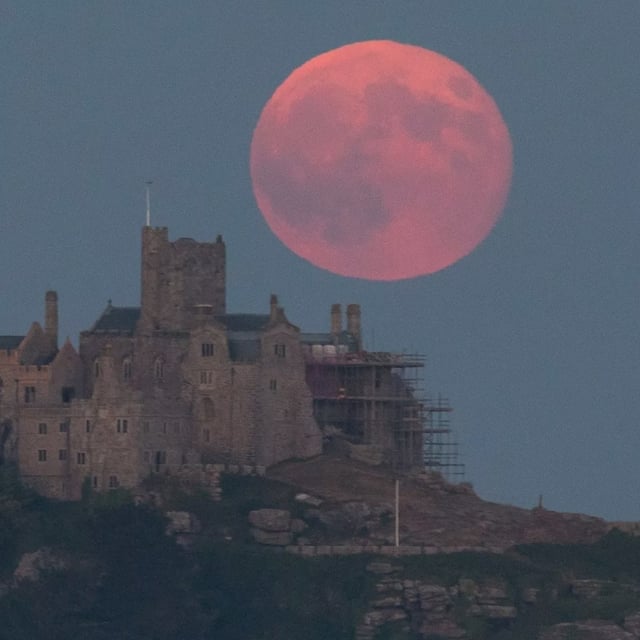Overview
- This full moon marks the low point of the Moon’s 18.6-year standstill cycle, descending lower than any full moon since 2006.
- Peak illumination occurred at 8:44 a.m. BST on June 11, with optimal viewing on the evenings of June 10 and 11 from clear southeastern horizons.
- Atmospheric scattering enhanced by Saharan dust and Canadian wildfire smoke could tint the moon a warm orange-red, and its proximity to the horizon amplifies its apparent size through the Moon illusion.
- On June 10, observers saw the moon pass just to the left of Antares in the constellations Sagittarius and Scorpius before shifting eastward on June 11.
- The Buck Moon on July 10 will follow this event, but no comparable low-angle full moon will recur until 2043.



